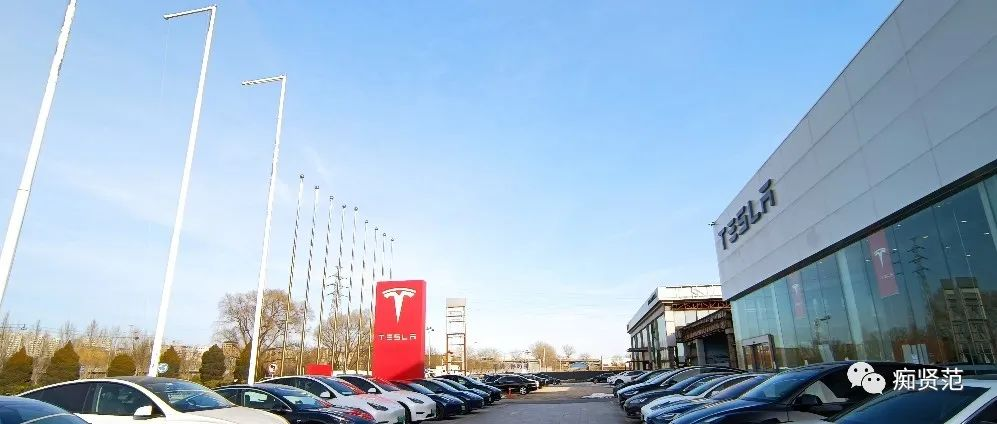Abstract
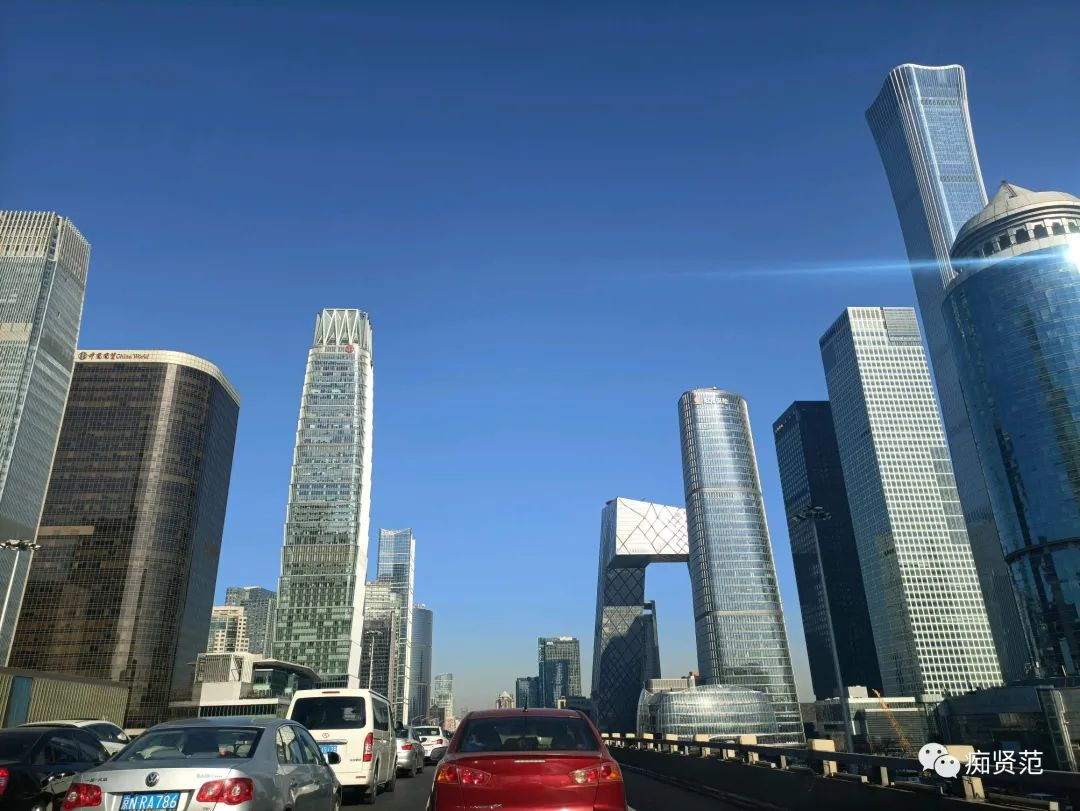
During the Chinese New Year of the Tiger, I drove on the highway with my Tesla Model 3, fully charged at a charging station for RMB 1.39/kWh, and drove with autopilot engaged. I found that Tesla’s AP (autopilot) can only “see” vehicles on the adjacent lanes, and can barely see the second lane on either side, but not any vehicles on the third lane. Isn’t Tesla worried about a car suddenly coming from the third lane? Further verification showed that even with AP disengaged, I couldn’t see any vehicles on the third lane either! Wait, was it because I’m also near-sighted?
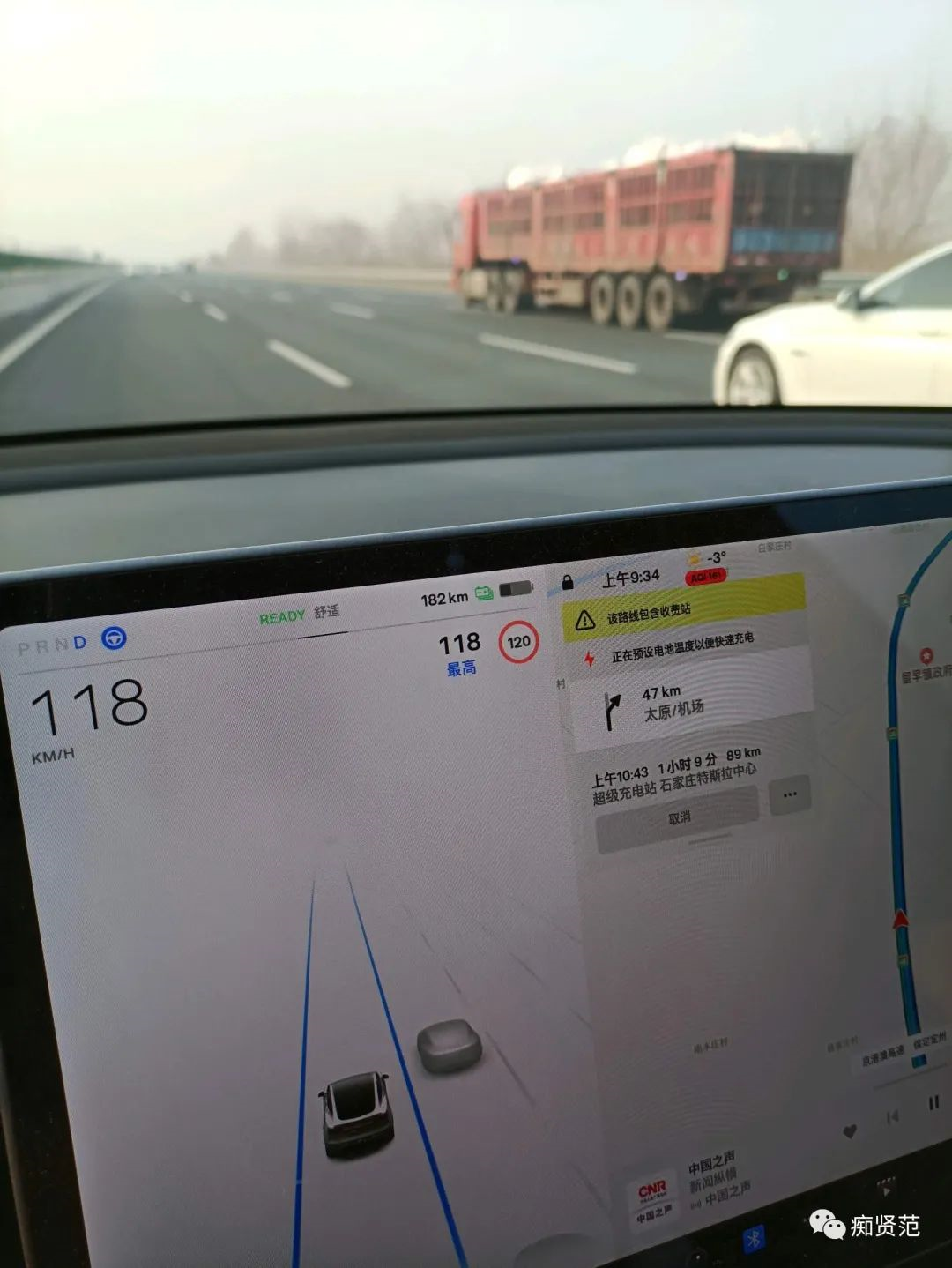
Starting from Beijing, I charged my car in Shijiazhuang and Xinxiang, and arrived in Luoyang. On the way back, I charged in Hebi and Shijiazhuang. This 800 km round trip was made possible by efficient and convenient supercharging service. Very nice!
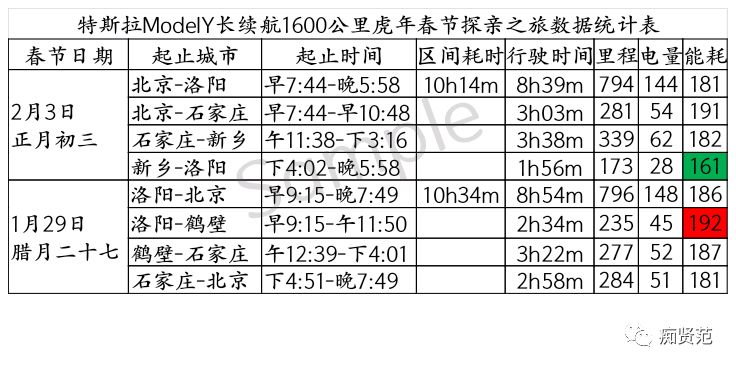
The car can automatically plan the trip and set the charging stations along the way. Autopilot can take over the driving for more than 90% of the time on the highway. Long road trips are no longer exhausting but enjoyable!

From an international metropolis to a rural area in the heartland of China, the only change is from a new home to an old one, but the skyline in winter is always the color of Winter Olympics blue!
Get Ready to Go with Charging Gift Bags, Nucleic Acid Tests, Car Inspect, and Wash Bright
After learning that supercharging during the Chinese New Year isn’t free, I grabbed the “New Year Charging Gift Bag” limited to 3,000 units on January 14. How delightful! A side note: Tesla is too stingy. Did they need to use such a marketing trick? Are they trying to starve my chubby car?
I must make the most of the RMB 426 “Charging New Year Gift Bag”: from January 26 to February 8, I used supercharging 10 times, traveled 2,662 kilometers, consumed 463 kWh electricity, with an average energy consumption of 174 wh/km. I won’t go soft on saving money!
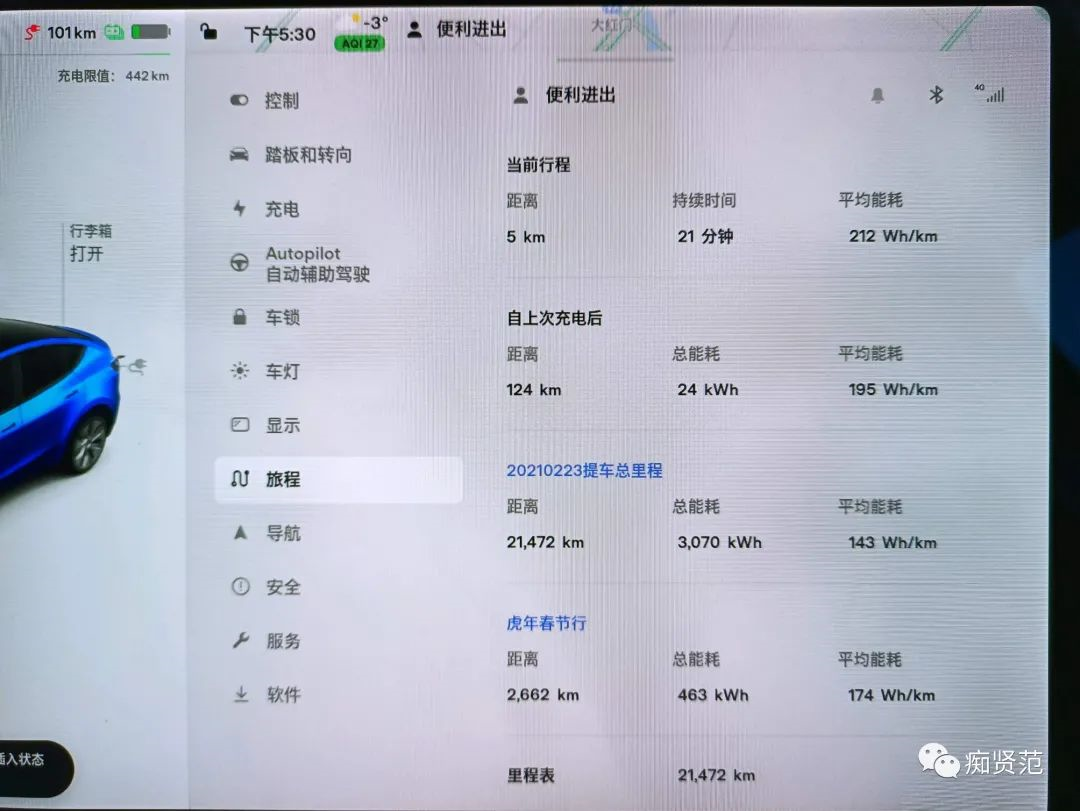 On the afternoon of January 28, I went to the Nan Sihuan Middle Road Service Center for a free “Spring Festival Holiday Checkup” and fully charged my car before heading to the YCL Cool CarTown self-service car wash (the car wash worker went home for the holiday). Everything is ready, and I’m leaving tomorrow morning!
On the afternoon of January 28, I went to the Nan Sihuan Middle Road Service Center for a free “Spring Festival Holiday Checkup” and fully charged my car before heading to the YCL Cool CarTown self-service car wash (the car wash worker went home for the holiday). Everything is ready, and I’m leaving tomorrow morning!
Shortly after leaving Beijing, I discovered that the Tesla Autopilot was actually nearsighted!
We stopped twice in Shijiazhuang and Xinxiang to charge on our way from Beijing to Luoyang, 794 kilometers away. Tesla automatically plans the route and sets up supercharging stations along the way, and the Autopilot (automatic driving assistance) was turned on for over 90% of the time during the long-distance trip, making it very comfortable and effortless. The power usage is as smooth as silk!
The above figures are the energy consumption curve I drove in Beijing this afternoon, giving me a feeling of ups and downs and peaks as if I were on a mountain, and as they say, there’s no harm in contrast!
I left at 7:44 in the morning and arrived home at 5:58 in the evening (10h14m), taking the Jinggangao Expressway and Lianhuo Expressway with almost no traffic on the road, and the Autopilot was set to 120 km/h. We travelled a total of 794 kilometers, took 8h39m, used up 144 degrees of electricity, and had an average consumption of 181. We charged the car twice mid-way and paid CNY 288.88 for tolls. It’s too good to be true.
We were driving through the obstacles to head towards Shijiazhuang.
On the morning of January 29, we departed from Beijing at 7:44 and arrived at the Tesla Center in Shijiazhuang at 10:48, traveling 281 kilometers in 3 hours and 3 minutes, using 54 degrees of electricity, and having an average consumption of 191. The temperature rose from -4 to +1°C. NIO XPeng is Tesla’s neighbor, and we ate self-heating rice in the Tesla store while charging (strictly following the national epidemic policy and did not go to any restaurants or shopping malls during the six days from leaving Beijing to returning).
We almost had to call a tow truck, but we made it to Xinxiang with fear and trepidation.
Tesla planned to charge in Hebi when we left Beijing, and then changed the plan to charge in Xinxiang when we left Shijiazhuang. It seems that charging to 450 kilometers can allow for an additional 65 kilometers of travel. Tesla is indeed intelligent, Go! Go! Go! When the display showed 100 kilometers remaining, there were actually another sixty to seventy kilometers left. We were nervous the whole way and were calculating whether we could reach the supercharging station. Tesla made me suffer!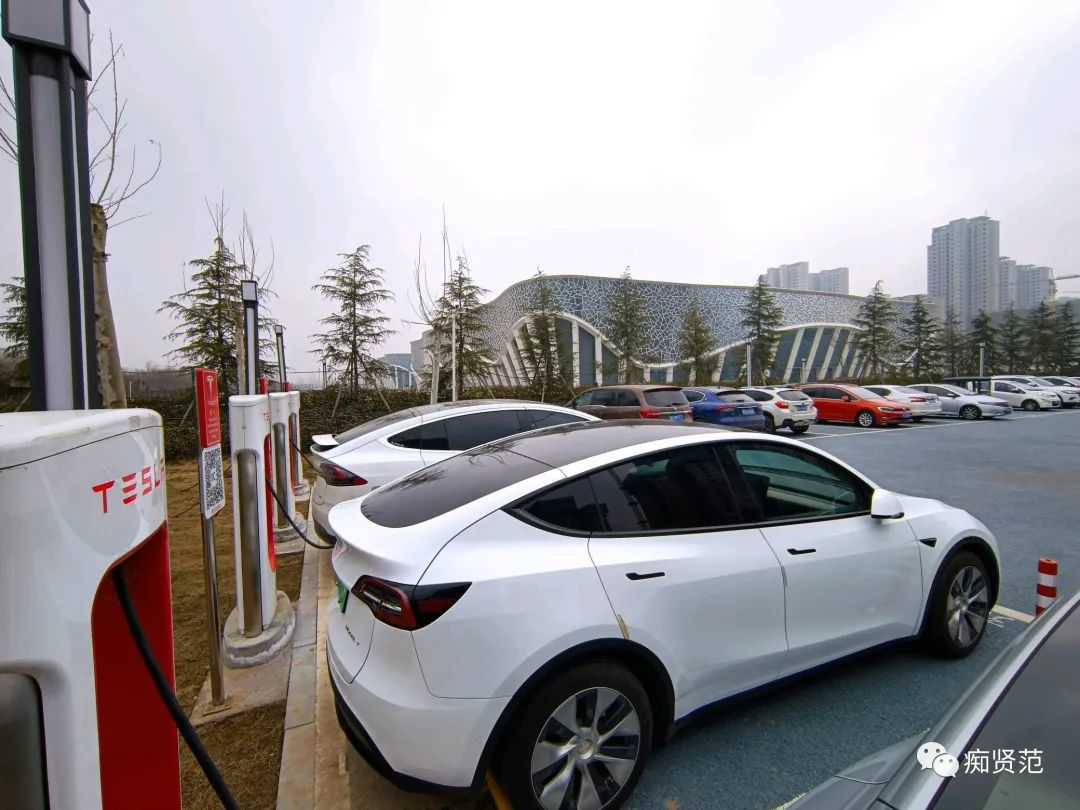
After the thrilling journey of over hills and across mountains, I arrived at the Xinxiang Pingyuan Sports Center V3 Supercharger station without incident, with only 13 kilometers of range left. Did Tesla really live up to its reputation? I drove 339 kilometers, consumed 62 kWh, with an average energy consumption of 182 Wh/km, and the temperature was +4℃. The sports center was closed due to the epidemic, and it was a bit desolate nearby. There was no legal place to go to the bathroom, so I do not recommend charging here.
An Exciting Journey Through Tunnels and Over Mountains to Luoyang
I arrived at my hometown of Luoyang at 5:58 p.m., driving 173 kilometers in 1 hour and 56 minutes, consuming 6 kWh, with an average energy consumption of 161 Wh/km. The Lianhuo Expressway between Zhengzhou and Luoyang passes through hills, valleys, and tunnels, with more downhill roads, so the energy consumption from Xinxiang to Luoyang is the lowest. Many sections of the road have only two lanes with a speed limit of 80-100 km/h, so although I couldn’t drive fast, the scenery was picturesque, with snow still on the ground!
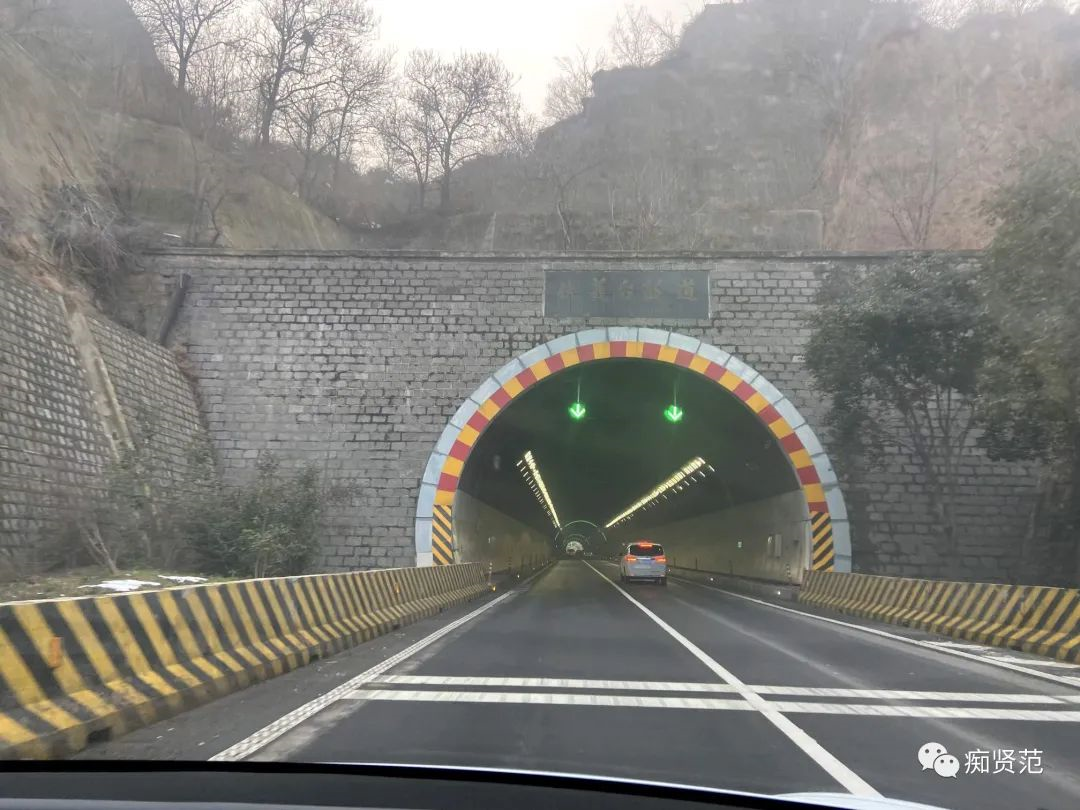
Only 1.39% Left in Luoyang’s Two Supercharger Stations!
The two supercharger stations in Luoyang, Huayang International Hotel and Zhengda International City Plaza, are both good options, but their names are a bit hard to pronounce.
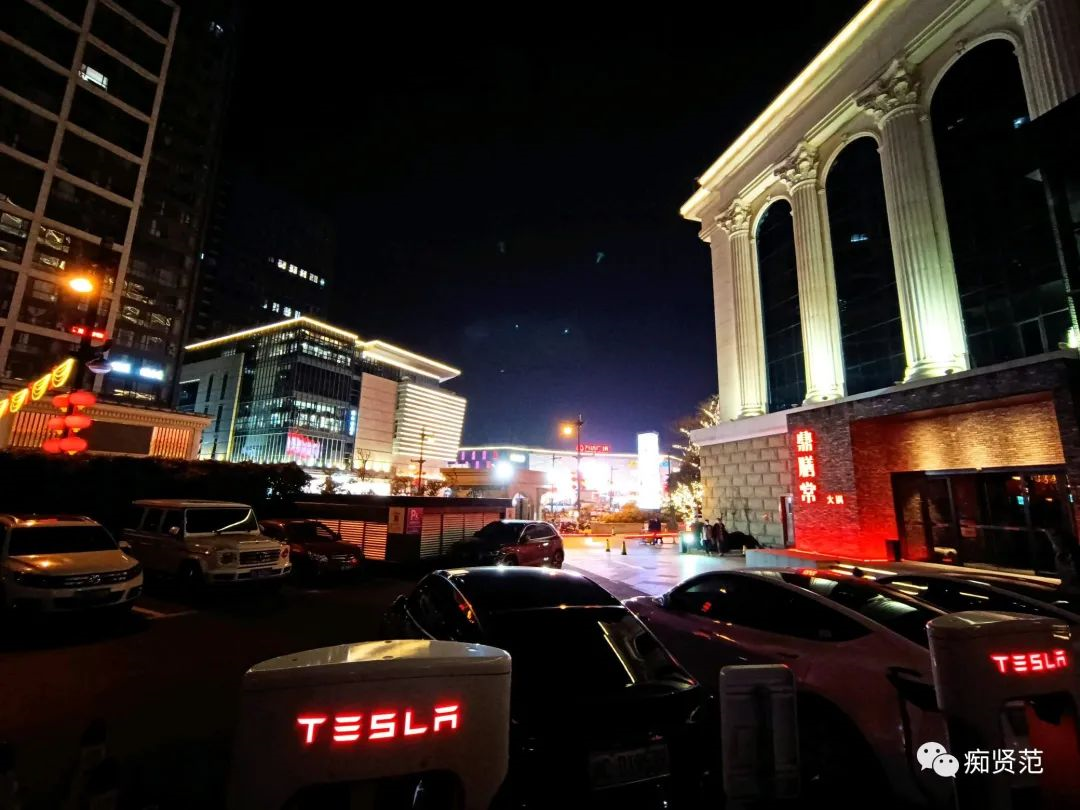
Huayang International Hotel is located in the old city area, and the supercharger station is right inside the parking lot. Although there are only 4 superchargers, the surrounding area is quite busy, with shopping malls such as Wanda Plaza and Changshen International nearby. There are many places to walk around while charging. Zhengda International City Plaza is located in the new city area. Although there are 6 V3 superchargers, its surroundings are mainly office buildings and residential areas, and places like Chunqiu Department Store and Shunquan Shopping Center are a bit far away.
Can the Autopilot Handle the Trip Back to Beijing From Day to Night?
Charge twice at Hebi and Shijiazhuang to make the 796-kilometer return journey to Beijing from Luoyang
On the third day of the Lunar New Year, February 3, I left at 9:15 a.m. and arrived home at 7:49 p.m. (10 hours and 34 minutes), traveling on the Lianhuo Expressway, Second Ring Expressway, Hebao Expressway, and Beijing-Hong Kong-Macau Expressway. Both the Second Ring Expressway and the Hebao Expressway have only two lanes in one direction. Although there were not many cars on the road, frequent overtaking was necessary, and it could be congested with more traffic. I set the autopilot to follow the speed limit of 120 km/h, and drove the entire distance of 796 km in 8 hours and 54 minutes, charging twice on the highway and enjoying the free charging services. Whether in the day or at night, as long as the lane lines are clear and I set the speed to 120 km/h, road conditions were not a problem! The peaks and valleys in the figure are caused by my turning off the autopilot and then turning it on again to switch lanes.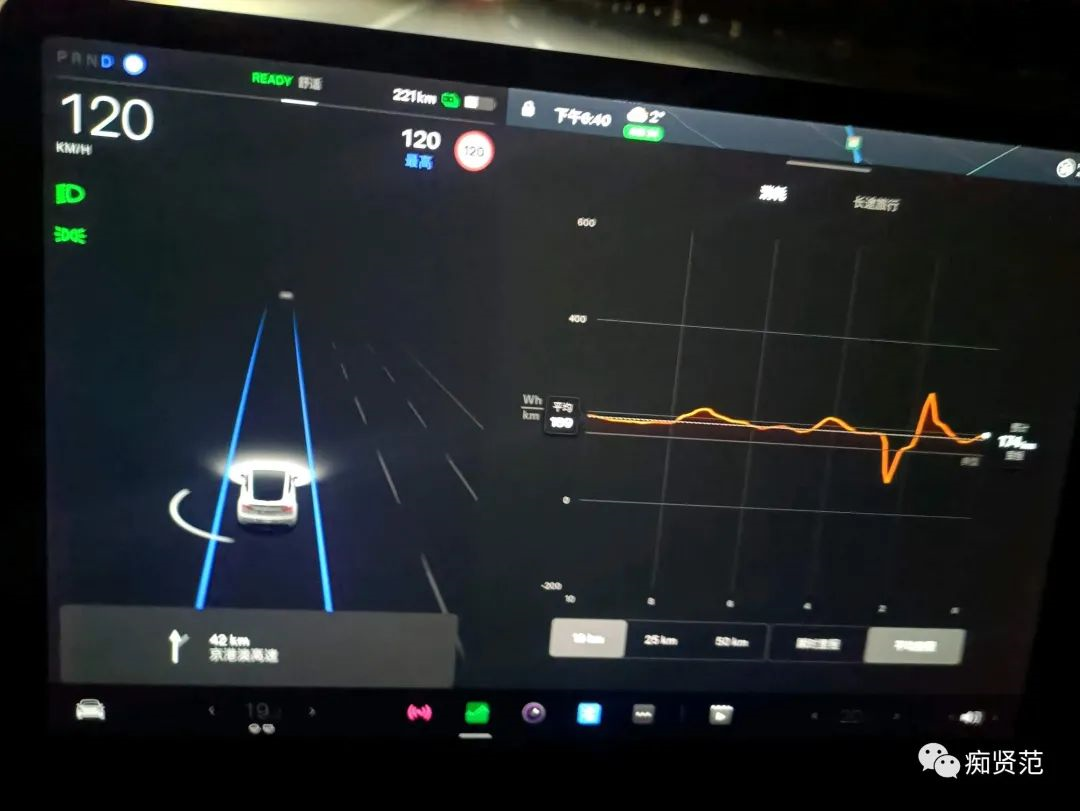
Four Highways, Sweeping to Be Widened, Between Luoyang and Hebi!
Starting at 9:15 in the morning in Luoyang, I arrived at the Zhongkai Platinum Duke Hotel, Hebi at 11:50, travelling a distance of 235 km via the Lianhuo, Er’guang, Hebao and Jinggang’ao expressways, with a total travel time of 2h34m and an average energy consumption of 192. The Supercharger was located in the underground parking lot of the hotel, which was clearly visible to the left front when entering the parking lot. There were a total of four chargers, but I was the only car charging throughout the period. There was a Hong Kong food street and several shopping malls near the hotel, making it a bustling area of Hebi.
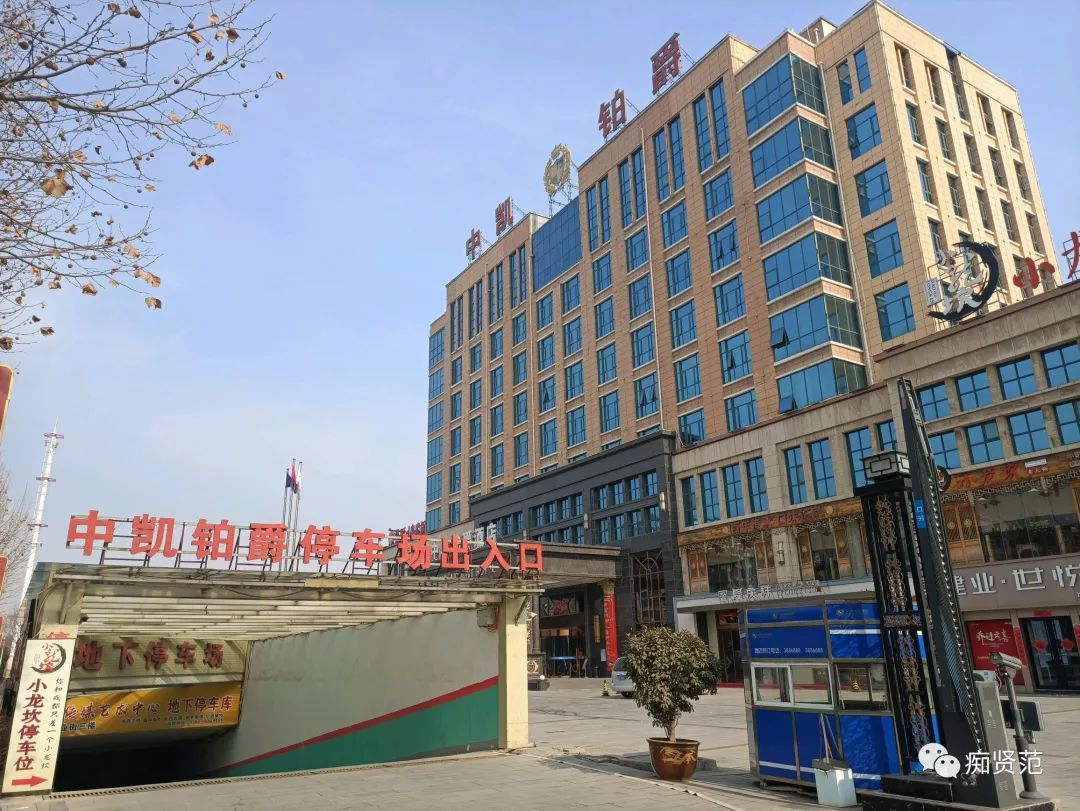
Refuelled in Shijiazhuang and Continued the Journey
I arrived at the Tesla Service Centre in Shijiazhuang at 4:01 in the afternoon. Due to the epidemic prevention checkpoint at the highway exit, the traffic jammed for half an hour. The total distance travelled was 277 km, and the travel time was 3h22m. The average energy consumption of the 52 kWh used was 187.
Riding in the Dark with AP, Cruising Northbound All the Way
It was already dark when I left Shijiazhuang. In the past, I was reluctant to use the AP at night. This time, I decided to give it a try. I found that as long as the lane lines were clear and not blurred, there was no difference between daytime and nighttime for Tesla. Whether it was day or night, cruising at 120 km/h was not a problem as long as the lane lines were clear!
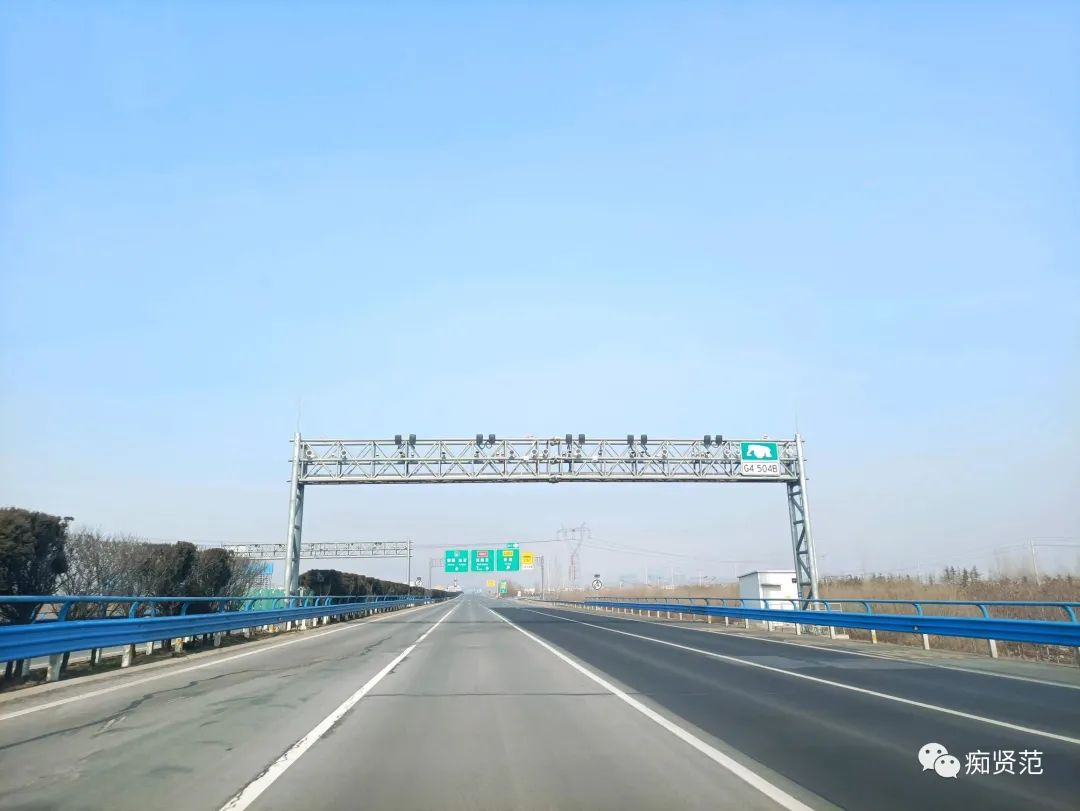
I arrived home at 7:49 in the evening, travelling a total distance of 284 km with a travel time of 2h58m. The average energy consumption of the 51 kWh used was 181. I had to check my ID card and nucleic acid report three or four times. As there were not many cars on the road at night, I did not have to queue up, and this did not affect the travel time. However, the Jinggang’ao expressway in Beijing is usually three lanes, while in Hebei and Henan provinces it is four lanes. The driving experience with AP on the second lane on the left is much better on the Hebei and Henan expressways than on the Beijing expressway! The picture above shows the Longmen Frame on the Dahe Nan expressway, with the highlight in the “upper right corner”!
This article is a translation by ChatGPT of a Chinese report from 42HOW. If you have any questions about it, please email bd@42how.com.
